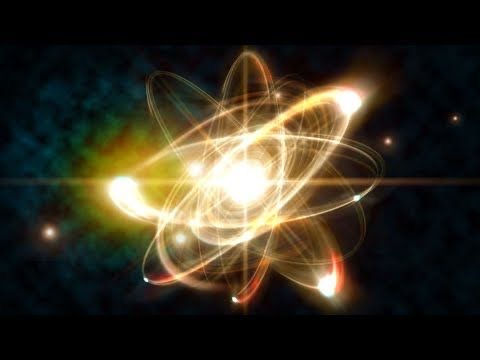Time Crystals Interaction
- Arthur

- Aug 20, 2020
- 2 min read
Updated: May 3, 2021

Time crystal AC Josephson effect. Voltage recorded from the pick-up coils (NMR coils) after pre-amplification, analyzed with time-windowed Fourier analysis (fast Fourier transform, FFT). Two coexisting magnon-BEC time crystals, created with an RF drive pulse at t = 0, are seen as peaks in the Fourier spectrum. For clarity, the exciting pulse is left just outside the time window shown here. Here fL = 833 kHz is the Larmor frequency. The upper trace corresponds to the magnon-BEC time crystal in the bulk, and the lower trace to the time crystal touching the free surface. The bulk trap is the more flexible of the two, and the bulk time crystal frequency hence increases during the decay more than that of the surface crystal. Population oscillations between the time crystals result in amplitude oscillations of the two signals, seen as two side bands. Image credit: Autti et al, doi: 10.1038/s41563-020-0780-y.
Time crystals are fascinating systems with one of the coolest names in all of physics. They were developed only a few years ago and since then researchers have worked to understand exactly how they behave. Now, an international team has observed two time crystals interacting for the first time.
When thinking about time crystals, it's unhelpful to picture a piece of glowing quartz. Instead, a time crystal is a structure that repeats in time, similar to how quartz or any other crystal is made of a structure that repeats in space. Time crystals are just a handful of particles jittering about that get in a specific pattern after a specific interval of time, again and again.
For this study, the time crystals were created inside superfluid Helium-3. A superfluid is a particular state of matter where a fluid moves with zero viscosity, flowing without losing kinetic energy. Helium-3 is a version of helium with only one neutron in its nucleus. To make Helium-3 a superfluid, the team had to cool it down to just one ten-thousandth of a degree over absolute zero (0.0001K; -273.15°C; -459.67 °F).
The team created two time crystals and allowed them to touch. As reported in Nature Materials, the researchers saw that the two crystals interacted and even exchanged constituent particles. They witnessed a flow of particles from one crystal to the other and back, which is technically called the Josephson effect.
"Controlling the interaction of two time crystals is a major achievement. Before this, nobody had observed two time crystals in the same system, let alone seen them interact," lead author Dr Samuli Autti, from Lancaster University, said in a statement. "Controlled interactions are the number one item on the wish list of anyone looking to harness a time crystal for practical applications, such as quantum information processing."
Other applications for time crystals include the possibility of employing it in our time-keeping technology, such as the most accurate clocks we have. They could also help with gyroscopes and more common technology such as GPS and other telecommunications.


















Comments